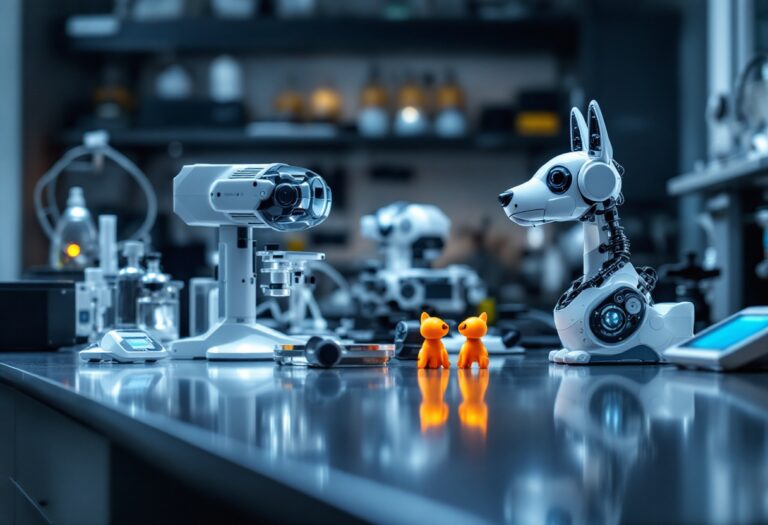Argomenti trattati
Revolutionizing scent detection: The future of canine olfaction technology
For centuries, dogs have been revered for their remarkable sense of smell, a trait that has made them invaluable in various fields, from hunting to law enforcement. Their ability to detect scents has been harnessed in airports to identify explosives and drugs, and in disaster scenarios to locate survivors. However, traditional training methods limit each dog to a specific class of odors, necessitating extensive training that can be both time-consuming and costly. Enter Canaery, a Florida startup that is pioneering a groundbreaking approach by merging canine capabilities with neurotechnology.
Innovative nose-computer interface
Canaery is developing a nose-computer interface that aims to decode the myriad of odors that dogs encounter in real-time. This innovative technology promises to expand the range of scents that dogs can detect without the need for specialized training. According to CEO Gabriel Lavella, the goal is to simplify the detection process: “How much easier would it be if you just had to press a button and take a vapor sample and instantly get a readout?” This approach not only enhances efficiency but also opens up new possibilities for scent detection applications.
Collaboration with leading research institutions
To bring this vision to life, Canaery has partnered with the Lawrence Livermore National Laboratory, leveraging their expertise to develop an advanced array that reads odor information from animals. This device, which is remarkably thin and small, is placed on the surface of the olfactory bulb—the brain’s center for processing smells. As dogs pick up scents, the array captures neural signals and transmits them to a wireless computer for decoding. This technology has already shown promise in prototype testing with rats, with plans for canine applications on the horizon.
Potential applications and ethical considerations
The implications of this technology are vast. From enhancing security measures at airports to detecting environmental hazards and diagnosing diseases, the nose-computer interface could revolutionize how we utilize canine olfaction. For instance, during the COVID-19 pandemic, dogs were trained to identify the virus in various samples, showcasing their potential in public health. However, as with any technological advancement, ethical considerations regarding animal welfare must be addressed. While the implantation process in rats has shown minimal risk, the company is still exploring safe methods for dogs.
As we stand on the brink of a new era in scent detection, the fusion of neurotechnology and canine capabilities presents exciting opportunities. The future may hold a world where dogs, equipped with advanced interfaces, can detect a wider array of scents, enhancing their roles in society while ensuring their well-being.

